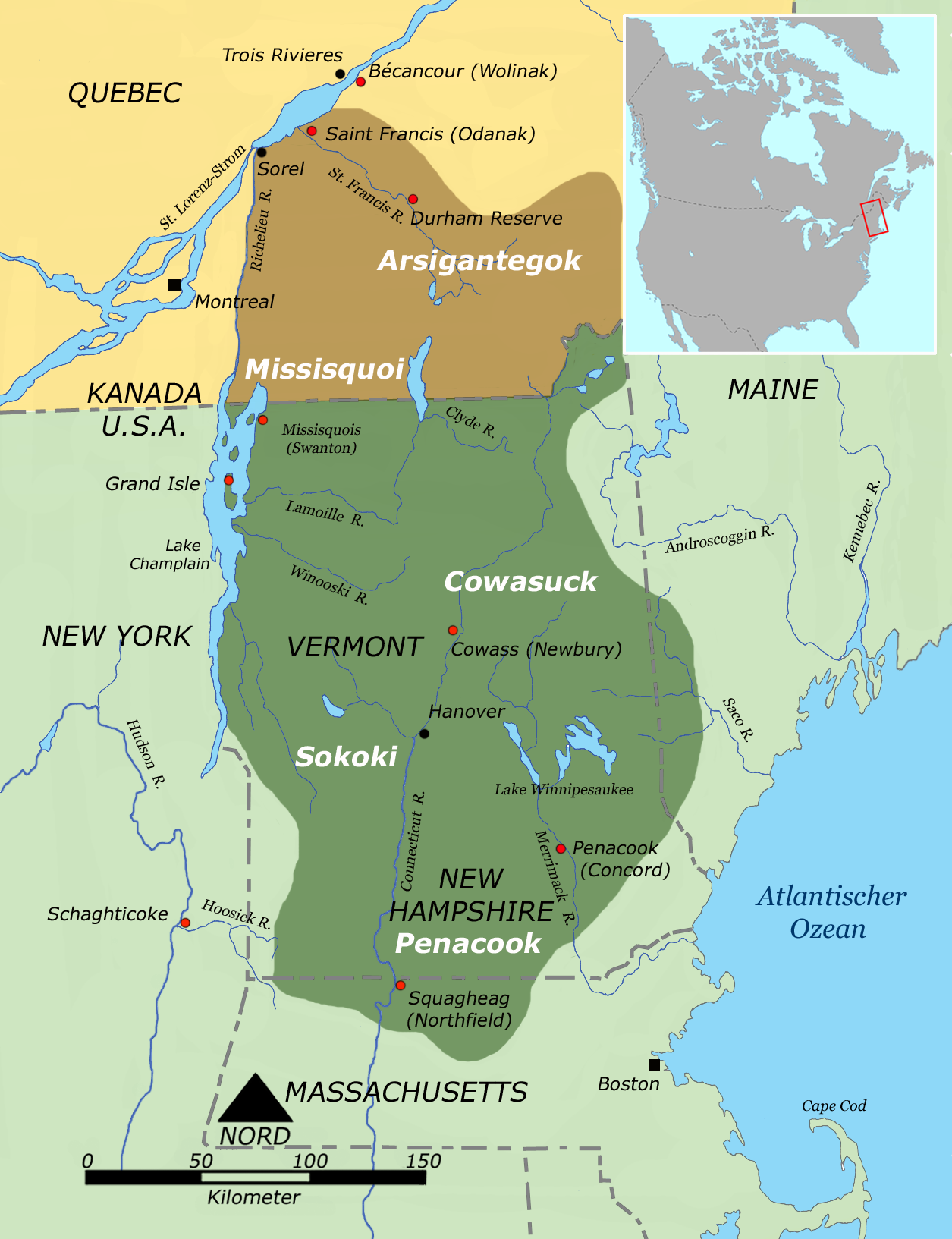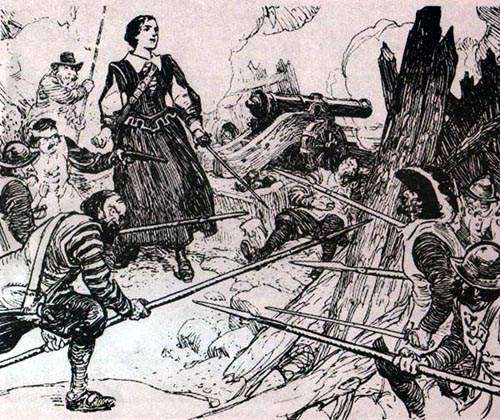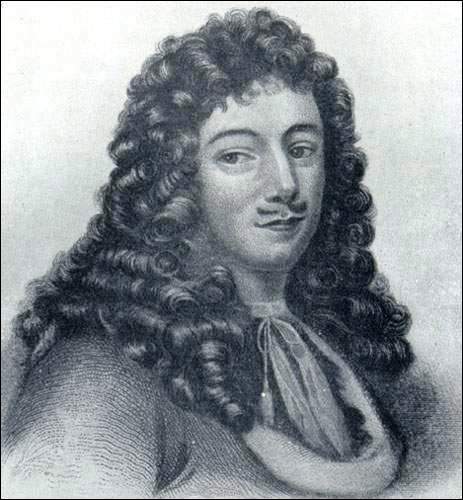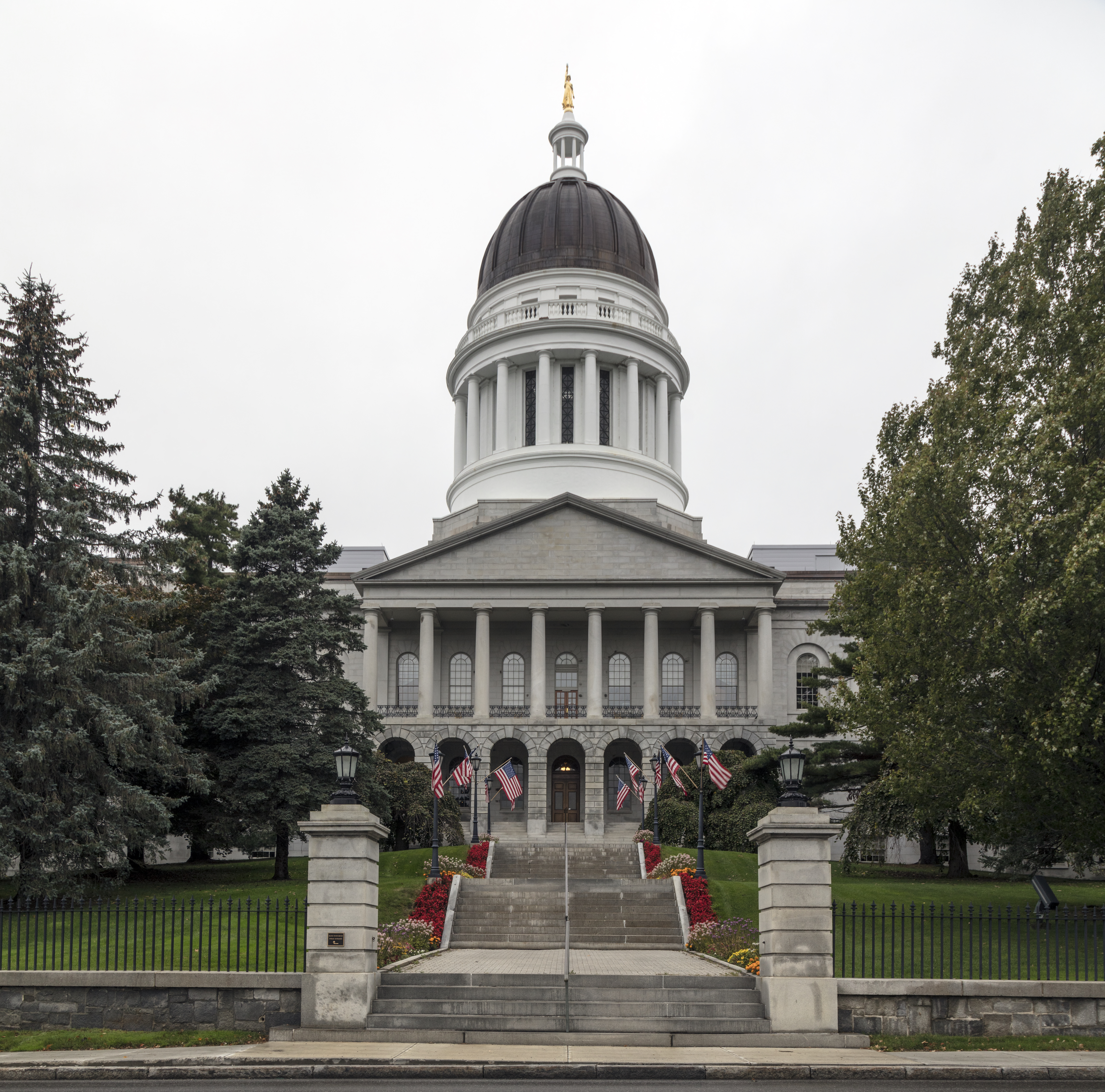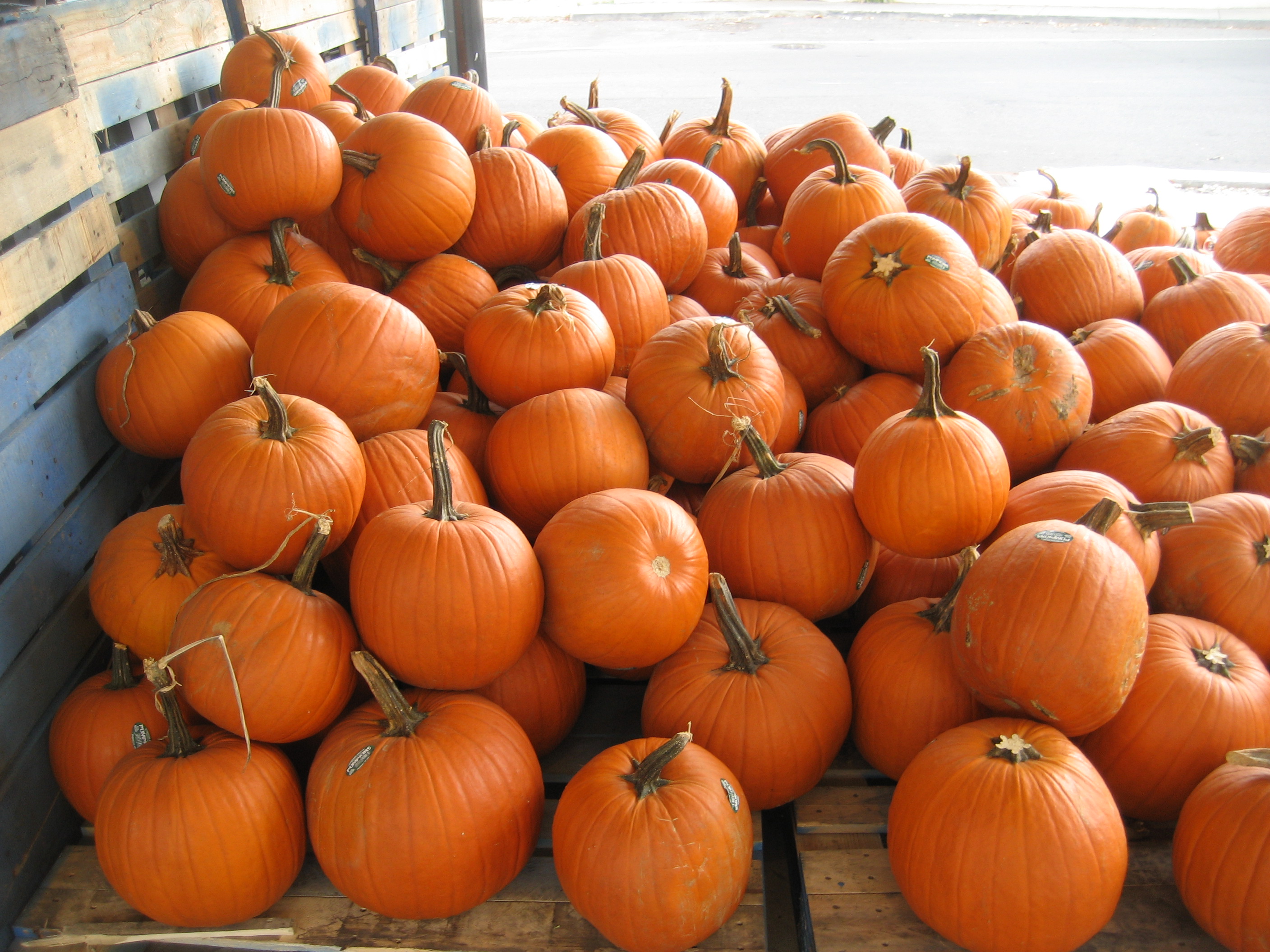|
Norridgewock
Norridgewock (Abenaki language, Abenaki: ''Nanrantsouak'') was the name of both an Indigenous village and a Band society, band of the Abenaki ("People of the Dawn") Native Americans in the United States, Native Americans/First Nations in Canada, First Nations, an Eastern Algonquian peoples, Algonquian tribe of the United States and Canada. The French of New France called the village Kennebec. The tribe occupied an area in the interior of Maine. During colonial times, this area was territory disputed between British and French colonists, and was set along the claimed western border of Acadia, the western bank of the Kennebec River. Archaeological evidence has identified several different sites associated with the settlement known as Norridgewock. The last one, where the French Jesuit priest Sebastian Rale had a mission, is today called Old Point, and is located in Madison, Maine, Madison. Other sites are located nearby in Starks, Maine, Starks and the present-day town of Norrid ... [...More Info...] [...Related Items...] OR: [Wikipedia] [Google] [Baidu] |
Norridgewock, Maine
Norridgewock is a town in Somerset County, Maine, Somerset County, Maine, United States. The population was 3,278 at the 2020 United States Census, 2020 census. History Native Americans Situated on the New England and Acadia border, which New France defined as the Kennebec River, the area was once territory of the Norridgewock Native Americans of the United States, Indians, a band of the Abenaki nation. Their village was located at Old Point, now part of Madison, Maine, Madison. English colonists suspected Father Sebastien Rale (or Rasle), the French missionary at the village since 1694, of abetting tribal hostilities against British settlements during the French and Indian Wars. During Father Rale's War, soldiers left Fort Richmond (now Richmond, Maine, Richmond) in whaleboats until they reached Taconic Falls (now Winslow, Maine, Winslow), then marched quietly to Norridgewock Village, arriving on August 23, 1724. Battle of Norridgewock was "sharp, short and decisive," leavin ... [...More Info...] [...Related Items...] OR: [Wikipedia] [Google] [Baidu] |
Madison, Maine
Madison (formerly Norridgewock) is a town in Somerset County, Maine, United States. The population was 4,726 at the 2020 census. History The area was once territory of the Norridgewock Indians, a band of the Abenaki nation. Early visitors describe extensive fields cleared for cultivation. The tribe also fished the Kennebec River. French Jesuits established an early mission at the village, which was located at Old Point. But Father Sebastien Rale (or Rasle), appointed missionary in 1694, was suspected of abetting the tribe's raids on English settlements. Governor Joseph Dudley put a price on his head. British troops attacked the village in 1705 and again in 1722, but both times Father Rale escaped into the woods. But on August 23, 1724, during Father Rale's War, soldiers attacked the village unexpectedly, killing 26 warriors and wounding 14, with 150 survivors fleeing to Canada. Among the dead was Father Rale. Settled by English colonists about 1773, the land would be su ... [...More Info...] [...Related Items...] OR: [Wikipedia] [Google] [Baidu] |
Abenaki Language
Abenaki (Eastern: ', Western: ), also known as Wôbanakiak, is an endangered Eastern Algonquian language of Quebec and the northern states of New England. The language has Eastern and Western forms which differ in vocabulary and phonology and are sometimes considered distinct languages. Western Abenaki was spoken in New Hampshire, Vermont, north-western Massachusetts, and southern Quebec. Odanak, Quebec is a First Nations reserve located near the Saint-François River—these peoples were referred to as Saint Francis Indians by English writers after the 1700s. The few remaining speakers of Western Abenaki live predominantly in Odanak and the last fully fluent speaker, Cécile (Wawanolett) Joubert died in 2006. A revitalization effort was started in Odanak in 1994; however, as of 2004 younger generations are not learning the language and the remaining speakers are elderly, making Western Abenaki nearly extinct. Eastern Abenaki languages are spoken by several peoples, incl ... [...More Info...] [...Related Items...] OR: [Wikipedia] [Google] [Baidu] |
Kennebec River
The Kennebec River (Abenaki language, Abenaki: ''Kinəpékʷihtəkʷ'') is a U.S. Geological Survey. National Hydrography Dataset high-resolution flowline dataThe National Map , accessed June 30, 2011 natural river within the U.S. state of Maine. It rises in Moosehead Lake in west-central Maine. The East and West Outlets join at Indian Pond and the river flows southward. Harris Station Dam, the largest hydroelectric dam in the state, was constructed near that confluence. The river is joined at The Forks, Maine, The Forks by its tributary, the Dead River (Kennebec River), Dead River, also called the West Branch. It continues south past the towns of Madison, Maine, Madison, Skowhegan, Maine, Skowhegan, the city of Waterville, Maine, Waterville, and the state capital Augusta, Maine, Augusta. At Richmond, Maine, Richmond, it flows into Merrymeeting Bay, a freshwater tidal bay into which also flow the Androscoggin River and five smaller rivers. The Kennebec runs past the shipbuil ... [...More Info...] [...Related Items...] OR: [Wikipedia] [Google] [Baidu] |
Abenaki
The Abenaki ( Abenaki: ''Wαpánahki'') are Indigenous people of the Northeastern Woodlands of Canada and the United States. They are an Algonquian-speaking people and part of the Wabanaki Confederacy. The Eastern Abenaki language was predominantly spoken in Maine, while the Western Abenaki language was spoken in Quebec, Vermont, and New Hampshire. While Abenaki peoples have shared cultural traits, they did not historically have a centralized government. They came together as a post-contact community after their original tribes were decimated by colonization, disease, and warfare. Names The word ''Abenaki'' and its syncope, ''Abnaki,'' are both derived from ''Wabanaki'', or ''Wôbanakiak,'' meaning "People of the Dawn Land" in the Abenaki language. While the two terms are often confused, the Abenaki are one of several tribes in the Wabanaki Confederacy. Alternate spellings include: ''Abnaki'', ''Abinaki'', ''Alnôbak'', ''Abanakee'', ''Abanaki'', ''Abanaqui'', ''Abana ... [...More Info...] [...Related Items...] OR: [Wikipedia] [Google] [Baidu] |
Acadia
Acadia (; ) was a colony of New France in northeastern North America which included parts of what are now the The Maritimes, Maritime provinces, the Gaspé Peninsula and Maine to the Kennebec River. The population of Acadia included the various indigenous First Nations in Canada, First Nations that comprised the Wabanaki Confederacy, the Acadian people and other French people, French settlers. The first capital of Acadia was established in 1605 as Port-Royal (Acadia), Port-Royal. Soon after, English forces of Captain Argall, an English ship's captain employed by the Virginia Company of London attacked and burned down the Port-Royal National Historic Site, fortified habitation in 1613. A new centre for Port-Royal was established nearby, and it remained the longest-serving capital of French Acadia until the British Siege of Port Royal (1710), siege of Port Royal in 1710. There were six colonial wars in a 74-year period in which British interests tried to capture Acadia, starting ... [...More Info...] [...Related Items...] OR: [Wikipedia] [Google] [Baidu] |
New France
New France (, ) was the territory colonized by Kingdom of France, France in North America, beginning with the exploration of the Gulf of Saint Lawrence by Jacques Cartier in 1534 and ending with the cession of New France to Kingdom of Great Britain, Great Britain and History of Spain (1700–1808), Spain in 1763 under the Treaty of Paris (1763), Treaty of Paris. A vast viceroyalty, New France consisted of five colonies at its peak in 1712, each with its own administration: Canada (New France), Canada, the most developed colony, which was divided into the districts of Quebec (around what is now called Quebec City), Trois-Rivières, and Montreal; Hudson Bay; Acadia in the northeast; Terre-Neuve (New France), Terre-Neuve on the island of Newfoundland (island), Newfoundland; and Louisiana (New France), Louisiana. It extended from Newfoundland to the Canadian Prairies and from Hudson Bay to the Gulf of Mexico, including all the Great Lakes of North America. The continent-traversing ... [...More Info...] [...Related Items...] OR: [Wikipedia] [Google] [Baidu] |
Maine
Maine ( ) is a U.S. state, state in the New England region of the United States, and the northeasternmost state in the Contiguous United States. It borders New Hampshire to the west, the Gulf of Maine to the southeast, and the Provinces and territories of Canada, Canadian provinces of New Brunswick and Quebec to the northeast and northwest, and shares a maritime border with Nova Scotia. Maine is the largest U.S. state, state in New England by total area, nearly larger than the combined area of the remaining five states. Of the List of states and territories of the United States, 50 U.S. states, it is the List of U.S. states and territories by area, 12th-smallest by area, the List of U.S. states and territories by population, 9th-least populous, the List of U.S. states by population density, 13th-least densely populated, and the most rural. Maine's List of capitals in the United States, capital is Augusta, Maine, Augusta, and List of municipalities in Maine, its most populous c ... [...More Info...] [...Related Items...] OR: [Wikipedia] [Google] [Baidu] |
Paddle
A paddle is a handheld tool with an elongated handle and a flat, widened end (the ''blade'') used as a lever to apply force onto the bladed end. It most commonly describes a completely handheld tool used to propel a human-powered watercraft by pushing water in a direction opposite to the direction of travel (i.e. paddling). A paddle is different from an oar (which can be similar in shape and perform the same function via rowing) – an oar is attached to the watercraft via a fulcrum. The term "paddle" can also be used to describe objects of similar shapes or functions: *A rotating set of paddle boards known as a paddle wheel is used to propel a steamboat or paddle steamer. *In a number of racquet sports (e.g. ping-pong and paddle ball), a "paddle" or "bat" is a short, solid racket used to strike a ball. *A mixing paddle is a device used to stir or mix separate ingredients within a mixture. *A spanking paddle is used in corporal punishment, typically to forcefully hit someone ... [...More Info...] [...Related Items...] OR: [Wikipedia] [Google] [Baidu] |
Maize
Maize (; ''Zea mays''), also known as corn in North American English, is a tall stout grass that produces cereal grain. It was domesticated by indigenous peoples in southern Mexico about 9,000 years ago from wild teosinte. Native Americans planted it alongside beans and squashes in the Three Sisters polyculture. The leafy stalk of the plant gives rise to male inflorescences or tassels which produce pollen, and female inflorescences called ears. The ears yield grain, known as kernels or seeds. In modern commercial varieties, these are usually yellow or white; other varieties can be of many colors. Maize relies on humans for its propagation. Since the Columbian exchange, it has become a staple food in many parts of the world, with the total production of maize surpassing that of wheat and rice. Much maize is used for animal feed, whether as grain or as the whole plant, which can either be baled or made into the more palatable silage. Sugar-rich varieties called sw ... [...More Info...] [...Related Items...] OR: [Wikipedia] [Google] [Baidu] |
Pumpkin
A pumpkin is a cultivar, cultivated winter squash in the genus ''Cucurbita''. The term is most commonly applied to round, orange-colored squash varieties, but does not possess a scientific definition. It may be used in reference to many different squashes of varied appearance and belonging to multiple species in the ''Cucurbita'' genus. The use of the word "pumpkin" is thought to have originated in New England in North America, derived from a word for melon, or a native word for round. The term is sometimes used interchangeably with "Cucurbita, squash" or "winter squash", and is commonly used for some cultivars of ''Cucurbita argyrosperma'', ''Cucurbita ficifolia'', ''Cucurbita maxima'', ''Cucurbita moschata'', and ''Cucurbita pepo''. ''C. pepo'' pumpkins are among the oldest known domesticated plants, with evidence of their cultivation dating to between 7000 BCE and 5500 BCE. Wild species of ''Cucurbita'' and the earliest domesticated species are native to North America (p ... [...More Info...] [...Related Items...] OR: [Wikipedia] [Google] [Baidu] |
Wheat
Wheat is a group of wild and crop domestication, domesticated Poaceae, grasses of the genus ''Triticum'' (). They are Agriculture, cultivated for their cereal grains, which are staple foods around the world. Well-known Taxonomy of wheat, wheat species and hybrids include the most widely grown common wheat (''T. aestivum''), spelt, durum, emmer, einkorn, and Khorasan wheat, Khorasan or Kamut. The archaeological record suggests that wheat was first cultivated in the regions of the Fertile Crescent around 9600 BC. Wheat is grown on a larger area of land than any other food crop ( in 2021). World trade in wheat is greater than that of all other crops combined. In 2021, world wheat production was , making it the second most-produced cereal after maize (known as corn in North America and Australia; wheat is often called corn in countries including Britain). Since 1960, world production of wheat and other grain crops has tripled and is expected to grow further through the middle of ... [...More Info...] [...Related Items...] OR: [Wikipedia] [Google] [Baidu] |




